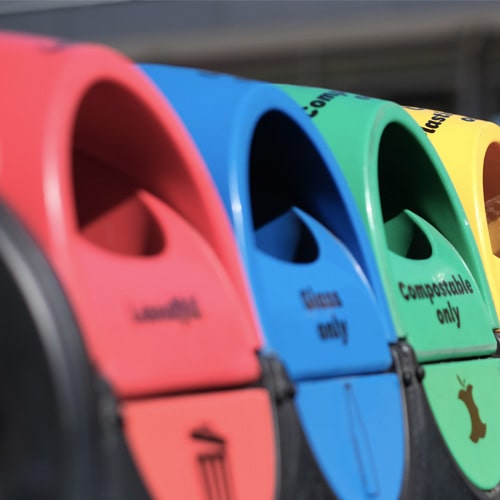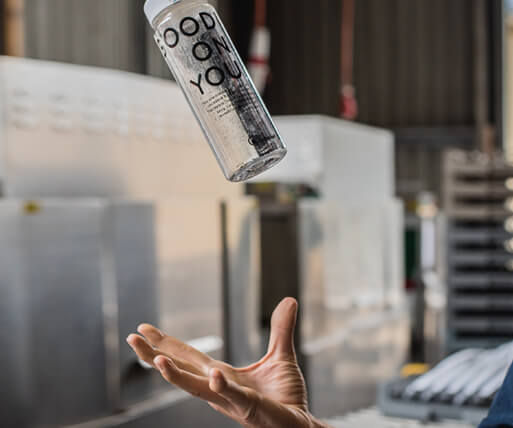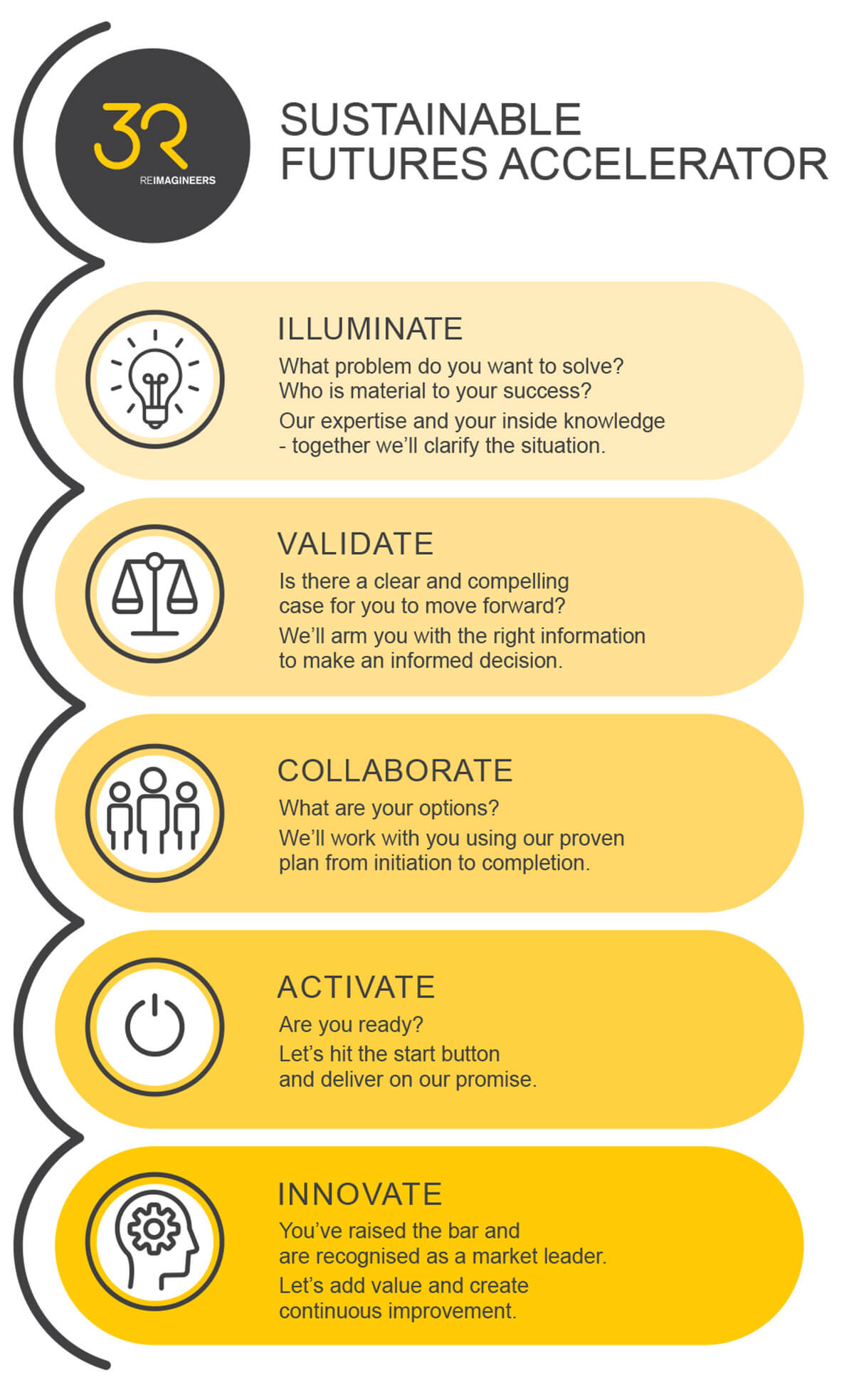E-waste – it won’t go away by itself…
This week saw the final day to submit feedback on the E-Waste Product Stewardship Preliminary Report. The report is being prepared as part of the development of an e-waste product stewardship framework for New Zealand. With product stewardship at the heart of what we do, 3R have made a submission to the report. A summary of our thinking on e-waste is below.
So, what’s the problem?
Disposal of e-waste to landfill in New Zealand is relatively cheap and easily available. In contrast, recycling opportunities for this plentiful waste stream tend to cost more than disposal and their availability is both limited and not readily available to consumers. In most cases, it is also cheaper to replace an item than to repair it.
This combination of factors encourages consumers to accept that many electronic products such as computers and phones will only last a few years despite their high cost. The constant delivery of new “upgraded” electronic products compounds this, creating even more e-waste.
Some local recycling options are available across New Zealand; however, the current situation is generally removal of whatever scrap metal can be salvaged and the rest is disposed of to landfill.
We believe sending large quantities of e-waste to landfill is unacceptable due to the potential for current and/or future impacts on human health and the environment, plus the loss of a valuable resource that could be used as inputs into manufacturing and job creation.
But it’s not a hopeless situation – there are significant opportunities to improve e-waste management in New Zealand.
Declaration of Priority Product
The Waste Minimisation Act 2008 allows for the government to declare certain waste streams a “priority product” which would then require product stewardship schemes to be put in place.
We consider that e-waste is a significant waste stream and that it could be addressed in part by robust product stewardship schemes and should therefore be declared a priority product.
If the government was not to act, there may be a limited number of product stewardship schemes established by companies who consider that their customers desire such a scheme, but the majority of e-waste would still be sent to landfill for disposal.
Who would fund it?
Both our experience and that of international stewardship schemes tell us that most consumers are willing to pay for e-waste to be recycled, but only at the point of sale, not at the point of disposal, when the item no longer has value to them. However passing the cost onto consumers, even at point-of-sale, means there is no impact on the producer who has primary responsibility for the product’s entire life cycle.
One of the longer term goals of any product stewardship programme should be looking up the chain to see where waste can be designed out of the system, not just being the ambulance at the bottom of the cliff.
We consider that many overseas stewardship schemes have failed in their attempt to get producers to redesign their products to minimise their environmental impacts. This has come about where the costs of the schemes have been passed directly on to the consumer, not the producer, so there is no incentive on the producers to change the environmental impacts of the products. In effect a “business as usual” approach.
If the costs were to impact on the margins of those producers, then there would be an incentive to improve their products, as that would improve on their profits.
We consider that any New Zealand e-waste scheme should be funded to also investigate and implement ways to reduce the amount of e-waste produced. However, we do recognise that given most electronic products are imported into New Zealand it is unlikely that any scheme could succeed in improving the environmental design of the majority of products. This should not however discourage the establishment of schemes or the designation of e-waste as a priority product.
Initial e-waste efforts should be focused on the establishment of an effective and efficient reuse and recycling product stewardship scheme. The scheme should be mandated but industry should be given the opportunity to develop and establish their own programme rather than have one imposed on them.
This should not be done in a way that enables free riders to undermine any schemes that are established, and therefore strict and specific timeframes should be imposed to require organisations to fully participate in the establishment of their own or joint schemes.
So, what next?
This issue has been talked about for far too long and it is time for action. We consider the government should make a declaration of e-waste as a priority product and allow time (but not too much time) for the relevant parties to collaborate on the establishment of a national scheme(s) for the following products:
- Televisions, computer monitors and screens
- Mobile phones, phablets and tablets
- Printers and electronic office electrical equipment, IT Equipment
- Large white ware – fridges, freezers.
An outcome based approach should be required; specify what needs to be achieved rather than how it needs to be achieved. This will enable producers to develop schemes that fit their current operations. (Schemes that are designed and then imposed upon producers tend not the have the flexibility required to deliver the most effective and efficient solutions.)
In short, an optimal outcome for e-waste would be a scheme that was simple for the consumer to understand and use, that was funded at the point of sale, not the point of disposal, and encouraged producers to redesign their products to last longer, be upgradable and easily dismantled for recycling.
Posted by Darren Patterson, Business Development Director, 3R Group
“Away is a Place
Wherever we live, we must realize that when we sweep things out of our lives and throw them away … they don’t ever disappear, as we might like to believe. We must know that “away” is in fact a place.” From A Place Called Away by Jim Puckett







